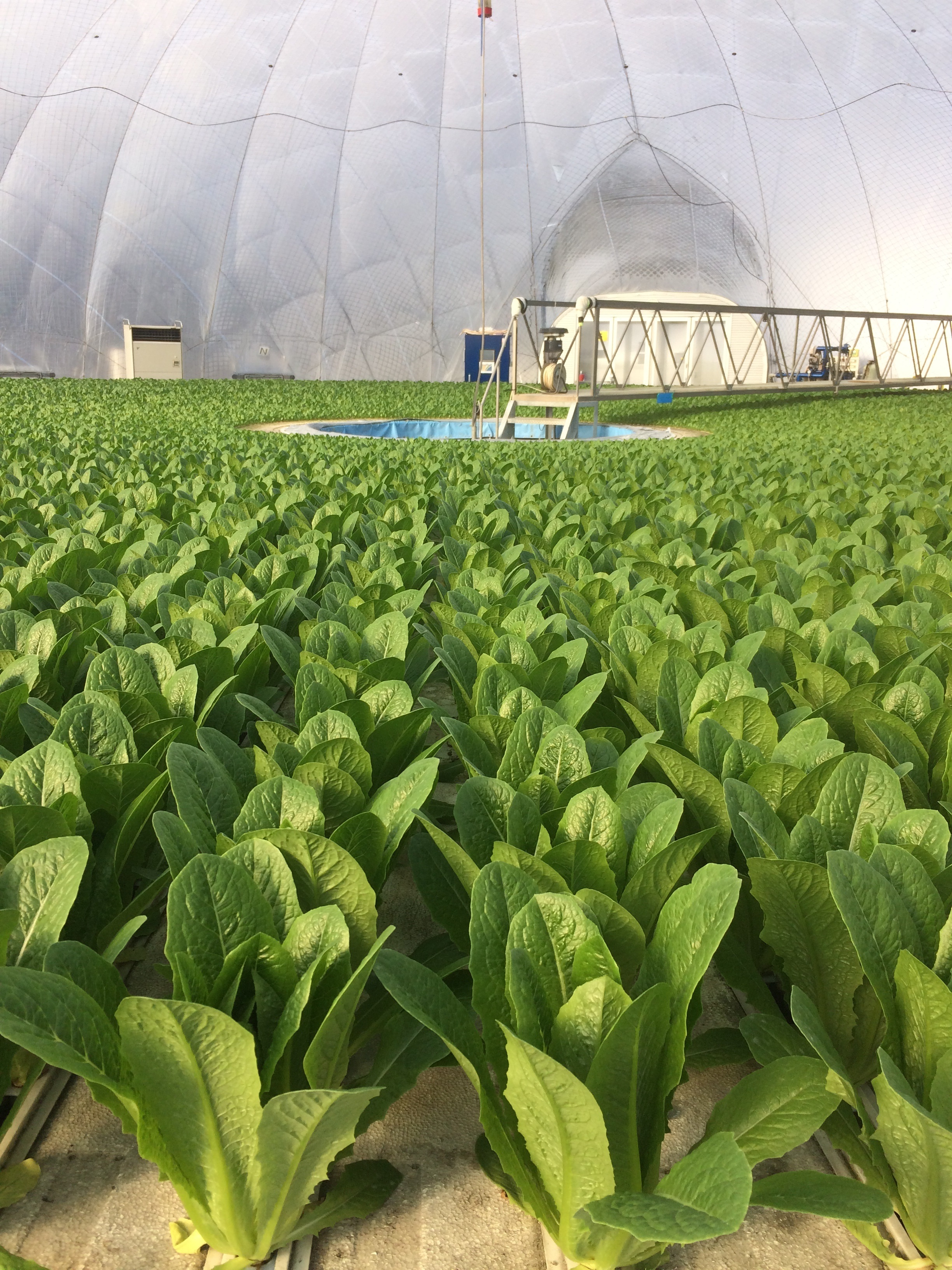Please click here to access the main AHDB website and other sectors.
Do the costs for vertical farming stack up?
Friday, 15 February 2019
Controlled Environment Agriculture is seen by many as the answer to reducing environmental impact, helping to feed a growing population and producing premium crops. AHDB-funded Nuffield Scholar, Sarah Hughes, argues the economics for vertical farming don’t always stack up.
With increasing land prices, a shrinking and ageing rural workforce, increased climate variability and Brexit on the horizon, I wanted to find out if compact and highly productive growing systems stack up economically as a viable way to grow a crop.
There is an exciting future for controlled environment agriculture (CEA) and vertical farming, but it may only be for high-value crops, such as those grown for medicinal use.
After travelling to Brazil, Japan, The Netherlands, California, Dubai, in my opinion a hybrid system might be the best way to make the economics work. This would mean using glasshouse technology and adding knowledge gained from Controlled Environment Agriculture to improve production.

Getting the business model right
The technology is available to grow a wide range of crops under controlled conditions, but this requires high levels of technical skill and investment.
If you haven’t got a high value crop, you may struggle to make the books balance. People need to look at the crop and the business model first, and then decide the best way to grow it.
The ideal would be to model all the variable costs of each different CEA system, to assess whether it is economical.
To identify the ‘sweet spot’ for when vertical farming adds up, the following changes may need to happen:
- Reduced LED lighting costs
- Reduced electricity costs
- Increased costs of conventional production methods
There are business models where CEA currently work well, such as seed breeding and medicinal plants; however other models, such as niche crops, fodder and leafy greens, appear less economical unless on a large scale in the later example.
Environmental sustainability
It is difficult to substantiate the claims for environmental sustainability based on energy used in these systems, even with renewable energy. However the arguments are more convincing when applied to water use.
Vertical Farms do minimise land-use, growing in stacks can obviously be done on a much smaller footprint. However the argument for growing in urban environment really needs looking at in detail. If you buy space in middle of London, the real estate cost is phenomenal, that argument doesn’t really work.
Hybrid systems
Wageningen University and Research in The Netherlands, who I visited as part of AHDB’s SmartHort campaign, have been looking at the nitty gritty of growing in these systems. They argued the energy requirement is currently too high to make it work, compared to a conventional glass-house system.
A Smart-glasshouse or a hybrid system might be way forward. This would involve using conventional glasshouses, but adopting vertical farming technologies when needed. For instance, we have good light levels in the UK, but when light is poor, it could be supplemented with LEDs, but this isn’t necessary every day of the year.
Sarah Hughes runs the company ‘Eat My Flowers,’ an edible flowers business based in North Wales and undertook her research into Controlled Environment Agriculture as an AHDB-funded Nuffield scholar. You can read Sarah’s Nuffield Scholarship Report here.

Topics:
Sectors:
Tags:

